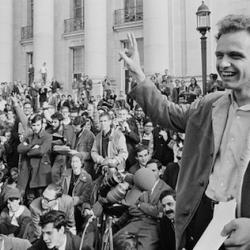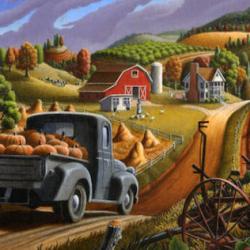James Fallows summarizes his findings from a period of travel around the US. It’s good news:
Erie, Pennsylvania, has a landscape of abandoned factory buildings and a generation of laid-off blue-collar workers who know that their children will never enjoy the security they did at the once-mighty GE locomotive plant. (Those GE jobs, by the way, are moving not to China or Mexico but instead to Fort Worth, Texas.) But Erie also has as active a civic-reform movement as you will find anywhere in the country, led by people in their 20s and 30s who believe they can create new businesses for themselves and new life for their town. Erie is worse off in most ways than it was 50 years ago—but better off than five years ago, and headed toward better prospects five years from now, in the view of most people there. That’s also what my wife and I found in places as poor and crime-ridden as San Bernardino, California; as historically downcast as Columbus, Mississippi; as removed from the glamour of the coastal metropolises as Laramie, Wyoming, or Duluth, Minnesota, or Dodge City, Kansas. Are these impressions incomplete and anecdotal? Of course. But systematic surveys show the same thing. A Pew study in 2014 found that only 25 percent of respondents were satisfied with the direction of national policy, but 60 percent were satisfied with events in their own communities. According to a Heartland Monitor report in 2016, two in three Americans said that good ideas for dealing with national social and economic challenges were coming from their towns. Fewer than one in three felt that good ideas were coming from national institutions. These results also underscore the sense my wife and I took unmistakably from our visits: that city by city, and at the level of politics where people’s judgments are based on direct observation rather than media-fueled fear, Americans still trust democratic processes and observe long-respected norms.















